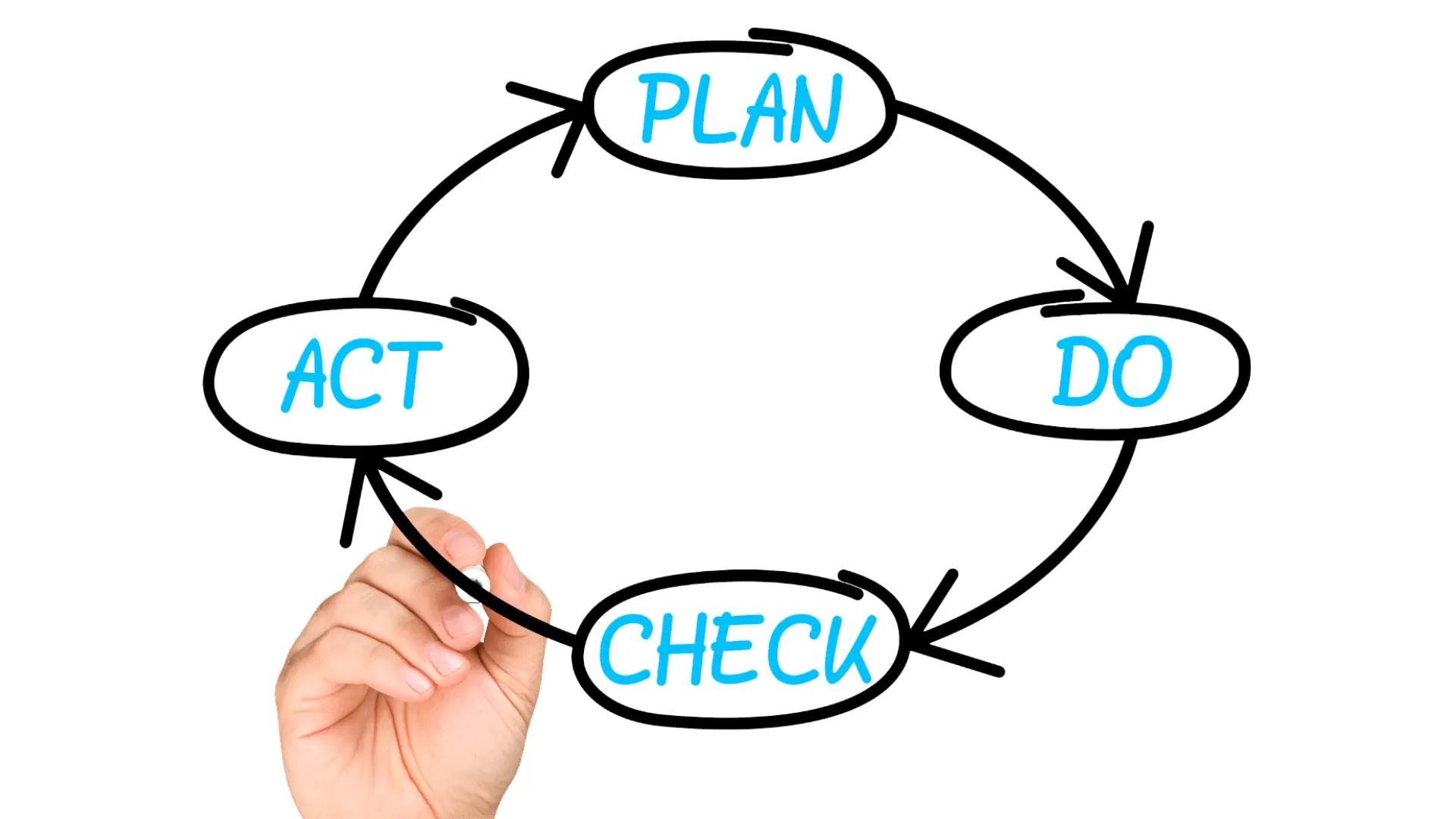Organizations that strive for excellence must guarantee their operations are constantly assessed and enhanced. This is achieved through Continuous Quality Improvement (CQI). CQI is an ongoing process that gathers data, assesses processes, searches out the cause of any issues found, and more to ensure superior operations. Crucial feedback from customers, employees, suppliers, and others is necessary during this cycle to achieve success.
Establishing a continuous quality improvement program gives companies the ability to pinpoint any weaknesses and make necessary alterations. This will result in improved efficiency, greater customer satisfaction, as well as increased productivity.

Introducing Continuous Quality Improvement and Its Importance
To reach peak efficiency, organizations must consistently practice Continuous Quality Improvement (CQI). By evaluating processes and services on a regular basis, they can identify areas that need improvement. With clear goals set in place to improve any shortcomings and implement plans towards those aims, the organization can monitor their progress over time while re-evaluating continuously for lasting impacts.
By making use of CQI procedures like data collection, process examination, root cause investigation, and the plan-do-check-act cycle (PDCA), any organization can quickly identify chances for expansion that will help it achieve its desired level of excellence.

Implementing Continuous Quality Improvement in Organizations
Implementing a continuous quality improvement program involves data collection, process analysis, root cause analysis, plan-do-check-act cycle (PDCA), and other methods.
Data Collection is one of the most important steps in implementing continuous quality improvement It involves gathering evidence of existing processes, procedures, results, customer feedback, and other qualitative that provides insight into performance levels. This data can then be used for further analysis to identify improvements.
Process Analysis is another key part of continuous quality improvement. This involves analyzing existing to identify areas where changes could lead to improved performance or efficiency. By understanding how each affects the overall process, organizations can optimize their processes for better results.
Root Analysis is also a key component of continuous quality improvement programs. This involves identifying the root causes of any gaps in performance or issues with processes or products. By understanding the underlying cause of problems or issues, organizations can make more informed decisions about how best to address them and ensure that they are resolved quickly and effectively.
The Plan-Do-Check-Act cycle (PDCA) is another popular strategy for continuous quality improvement programs. This cycle focuses on planning out a desired outcome before taking action and then evaluating it afterward to determine whether adjustments are needed to achieve optimal results.
Lastly, continuous quality improvement also requires organizations to evaluate their success over time through regular monitoring and measurement activities such as surveys or audits. This helps organizations track their progress toward meeting goals and allows them to adjust their plans if needed to ensure continued success down the road. It not only enables teams to identify growth opportunities but also increases efficiency by reducing errors while improving customer satisfaction at the same time.

Benefits of Having a Continuous Quality Improvement Program in Place
There are several benefits of having a continuous quality improvement program in place for an organization. One key benefit is cost savings; continuous improvement programs focus on eliminating waste in operations as well as minimizing operational costs by improving efficiency through better management of resources.
Additionally, continuous quality improvement programs help organizations remain competitive by improving their products or services faster than their competitors while also improving customer satisfaction through increased reliability or consistency of outputted goods or services.
Lastly, continuous quality improvement encourages innovation since employees are encouraged to think outside the box when searching for ways to make operations run more smoothly or efficiently whilst still meeting customer needs and expectations.

How Continuous Quality Improvement (CQI) is Done at Other Industries
Continuous quality improvement (CQI) is an organizational practice that encourages organizations to continually assess and improve their processes, products, and services. It is a continuous effort aimed at improving the quality of operational processes and customer satisfaction by improving efficiency, reliability, and consistency. CQI can be used in many different industries including manufacturing, healthcare, software development, finance, education, retail, hospitality, information technology and more.
In healthcare industries, nurses play a vital role in Continuous Quality Improvement (CQI) program, which can be used to observe and analyze opportunities for cost-savings and heightened patient care. As organizations incorporate the CQI approach, they will collect data from multiple sources to establish where improvements are needed. Then, a process analysis plan is created that helps chart out how these modifications should occur, thereby leading to lowered expenses by improving efficiency while cutting back on wastefulness.
In finance industry, Data collection is an important part of continuous quality improvement in finance. By collecting data related to customer satisfaction, employee turnover rates, cost savings opportunities, compliance issues, etc., organizations can identify areas where improvements need to be made. Process analysis also plays an important role in continuous quality improvement as it allows organizations to analyze current business processes and identify what needs to be changed or improved to increase efficiency and effectiveness. Root cause analysis helps organizations determine why certain issues are occurring to prevent them from happening again in the future. Lastly, the Plan-Do-Check-Act cycle provides a structured approach for continuous improvement by focusing on planning for changes, doing the work required for those changes, checking results against expectations, and then taking action based on those results.
Conclusion
Organizations have the chance to reach excellency and proficiency in their operations by embracing continuous quality improvement. By knowingly collecting data, analyzing process procedures, understanding the root causes of issues, implementing a plan-do-check-act cycle, and following other CQI strategies; organizations are able to constantly measure and refine their processes & products while ensuring performance standards remain at an optimal level.




